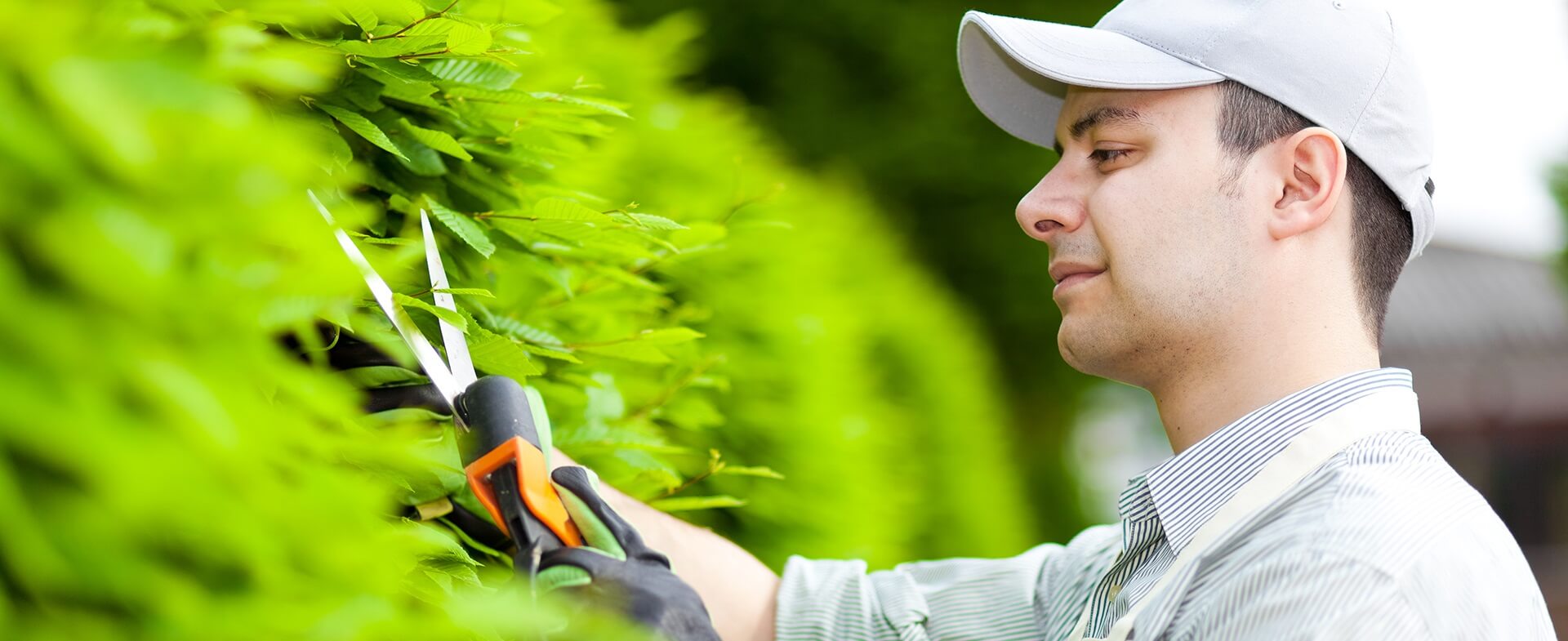Elevate your orchid care game
Posted on 19/05/2025
Elevate Your Orchid Care Game: The Ultimate Guide to Thriving Orchids
Orchids symbolize beauty, delicacy, and exotic flair for any home or office. If you've struggled with keeping orchids healthy and vibrant, you're not alone. But what if you could transform your orchid care routine and unlock abundant blooms season after season? Welcome to your comprehensive, SEO-optimized guide to elevating your orchid care game. From basic tips to advanced strategies, this article covers everything you need to nurture thriving, blooming orchids.
Understanding Your Orchid: The Foundation for Success
To truly level up your orchid care, you must first understand what makes these plants unique. Orchids are one of the largest plant families, with over 25,000 species. Each species may have slightly different requirements, but most commonly available orchids (like Phalaenopsis, Dendrobium, Cattleya, and Oncidium) share general needs.
- Epiphytic nature: Many popular orchids grow on trees in the wild, not in soil.
- Sensitive roots: Orchid roots need air as much as water.
- Light requirements: Most prefer indirect, filtered light.
- Humidity: Higher humidity (around 50-70%) mimics their natural habitat.
- Temperature: Moderate temperature variations day vs. night encourage blooming.
Knowing these basics sets the stage for superior orchid maintenance.

Choosing the Right Orchid: Setting Yourself Up for Success
Not all orchids are equally easy to care for. If you're serious about elevating your orchid game, select a species that matches your skill level and environment.
Best Orchids for Beginners
- Phalaenopsis (Moth Orchid): Adaptable, blooms easily indoors.
- Dendrobium: Hardy and forgiving with impressive flower spikes.
- Cattleya: Stunning, classic blooms; tolerates standard house conditions.
Consider Environmental Factors
- Light availability: North- and east-facing windows are generally best.
- Humidity: Can you maintain higher humidity with a tray or humidifier?
- Space: Some orchids grow tall or wide; assess your available spot.
Matching the right orchid to your space and experience is the first step in ensuring your plants will thrive.
Optimal Container and Potting Mix: The Secret to Healthy Roots
Your orchid care level increases instantly when you select the right containers and potting media.
Best Pots for Orchids
- Clear plastic pots: Allow you to monitor root health and moisture.
- Clay pots: Offer breathability, help prevent overwatering.
- Specialty orchid baskets: Great for Vanda and other aerial species.
Premium Potting Media
- Bark mix: Most common for epiphytic orchids; varied sizes for drainage and aeration.
- Sphagnum moss: Retains moisture well; suited for rescue or high-humidity setups.
- Charcoal, perlite, coconut husk: Additives to improve structure, drainage, and acidity.
Repot orchids every 1-2 years, or when the mix breaks down. Gently unpot your plant, trim dead roots, and place it in fresh medium for best results.
Mastering Watering: The Art of Perfect Hydration
Incorrect watering is the number one reason orchids fail to thrive. To upgrade your orchid care skills, focus on getting this step right.
Watering Dos and Don'ts
- Do: Water when the potting media is nearly dry but not completely bone dry.
- Don't: Let your orchid sit in a tray of still water.
- Do: Use room-temperature, distilled, or rain water for best results.
- Don't: Use softened or chlorinated tap water, which can damage roots.
How Often to Water: Most orchids need watering once a week in cooler seasons and twice a week in warm, active growing periods. Stick your finger into the medium, or lift the pot to check its weight.
Elevate your orchid watering routine--it's better to slightly underwater than to drown the roots.
Light and Location: Setting the Stage for Blooming
Orchids need plenty of light, but not direct sun. Too much sun burns leaves, while too little stunts growth and blooming.
How Much Light Do Orchids Need?
- Phalaenopsis: Medium, indirect light (east-facing windows are ideal).
- Cattleya: Bright but filtered light (south or west, with a sheer curtain).
- Dendrobium: Tolerates a wide range, but prefers bright exposure.
Leaf color is a great indicator: Healthy leaves are medium green. Dark green means too little light, yellowish or red-tinged means too much.
Tips to Boost Your Orchid's Light
- Rotate orchids regularly for even light exposure.
- Supplement with grow lights if natural light is limited, especially in winter.
- Clean leaves gently to keep them absorbing optimal light.
By fine-tuning your orchid's location, you'll consistently enjoy flowers and healthy foliage.
Fertilization - Feeding Orchids for Maximum Blooms
An essential part of next-level orchid maintenance is proper feeding.
Feeding Your Orchids: What and When?
- Use a balanced, water-soluble orchid fertilizer (20-20-20 or similar), diluted to half strength.
- Feed every 2 weeks in spring and summer; reduce to monthly in autumn and winter.
- Flush with plain water monthly to prevent salt buildup in the potting medium.
Tip: "Weakly, weekly" is a common mantra. Too much food is worse than not enough--you want vigorous roots, not fertilizer burn.
Air Circulation and Humidity: Replicating the Tropical Environment
Orchids thrive in gentle breezes and humid conditions. Boosting your orchid care game means creating an environment where pests and diseases are less likely to take hold.
Simple Ways to Increase Humidity for Orchids
- Use a humidity tray: Set your orchid pot atop pebbles in a saucer with water (not touching roots).
- Group several plants together to create a microclimate.
- Mist leaves lightly in the morning during dry spells.
- Add a small room humidifier near your orchids in winter.
Ensuring Adequate Airflow
- Set a gentle fan nearby, especially in enclosed spaces.
- Leave space between pots for better air exchange.
- Open windows periodically, weather permitting.
Maintaining the ideal humidity and airflow helps prevent root rot, powdery mildew, and common orchid pests.
Pruning, Repotting, and General Maintenance
Advanced orchid care tips go beyond watering and feeding. Regular pruning and repotting keep your orchid vigorous and blooming for years.
When and How to Prune Orchids
- Trim dead or yellow leaves with sterile scissors.
- After flowering, cut the flower stem just above a node to promote rebloom (mainly for Phalaenopsis).
- Remove old or decaying roots while repotting.
*Repot* every 1-2 years, ideally after blooming. This refreshes the growing medium and lets you check the root network for any potential issues.
Identifying and Solving Common Orchid Problems
No matter how much you upgrade your orchid care routine, you'll occasionally face challenges. Immediate action is critical to save your plant and preserve its beauty.
Pests
- Mealybugs and scale: Dab with a cotton swab soaked in rubbing alcohol.
- Spider mites: Increase humidity, rinse leaves with lukewarm water.
- Aphids: Wipe affected areas and use insecticidal soap if necessary.
Diseases
- Root rot: Cut away mushy roots, repot in fresh, well-draining medium.
- Leaf spots or fungus: Remove affected leaves, increase airflow, and avoid wetting leaves.
Prevention is always better--maintain cleanliness, check new plants for hitchhikers, and use properly sterilized tools.
Encouraging Orchids to Rebloom
Want to level up your orchid game? Try these advanced tricks to stimulate new flower spikes:
- Let nighttime temperatures drop 10-15?F below daytime temps for several weeks.
- Stop fertilizing for a short rest period (usually after a bloom cycle).
- Increase light slightly, but avoid burning the leaves.
- Be patient! Some orchids, like Phals, may take months between blooming cycles.
Successful reblooming is the true mark of expert orchid care.
Orchid Care Myths to Avoid
*Don't let misinformation sabotage your efforts!* To truly elevate your orchid care skills, know which tips to adopt and which to ignore.
- Myth: Ice cubes are good for watering orchids.
Fact: They can shock sensitive roots. Use tepid water instead. - Myth: Orchids need to be pot-bound to bloom.
Fact: Orchids do well in tight pots, but exhausted potting mix or crowded roots can stunt growth and flowering. - Myth: All orchids need the same care.
Fact: While similar, specific types can have different needs--do your research!
Bonus: Displaying Orchids for Maximum Impact
Once your plants are healthy and blooming, give them pride of place. Make your orchids a living work of art:
- Arrange groupings of different varieties for contrast.
- Use decorative cache pots for a touch of luxury (always remove plants to water, to avoid soggy roots).
- Hang small orchids in glass or mesh for a modern, airy feel.
- Pair orchids with ferns or mosses for an authentic, tropical vibe.
Your spectacular orchids will be a conversation starter and brighten every room.

FAQs - Taking Your Orchid Care Game to the Next Level
How do I know if my orchid is healthy?
- Firm, green leaves and roots.
- No brown or mushy spots.
- Consistent new growth and regular blooming cycles.
How can I save a dying orchid?
- Assess roots and trim all rot.
- Repot in fresh, well-draining orchid medium.
- Provide filtered light, proper humidity, and gentle watering.
Should I mist my orchids?
*Occasional misting* is beneficial especially in dry climates, but don't let water sit in leaf axils or crowns--this can cause rot.
How long do orchid flowers last?
- Phalaenopsis blooms last up to 3 months.
- Cattleya and Oncidium, typically a few weeks to one month.
- Environmental care can extend bloom duration.
Conclusion: Elevate Your Orchid Care Game Today!
With the right knowledge and proactive care, you can transform your orchid-keeping experience from frustrating to flourishing. Start with the basics--light, water, feeding and expand into advanced care techniques, troubleshooting, and creative displays.
Elevating your orchid care game is an ongoing process, but the reward--gorgeous, thriving blooms year-round--is well worth the effort.
Ready, set, grow your best orchids ever!
Did you find these tips helpful? Share your own orchid success stories or ask questions in the comments to inspire fellow orchid lovers!

